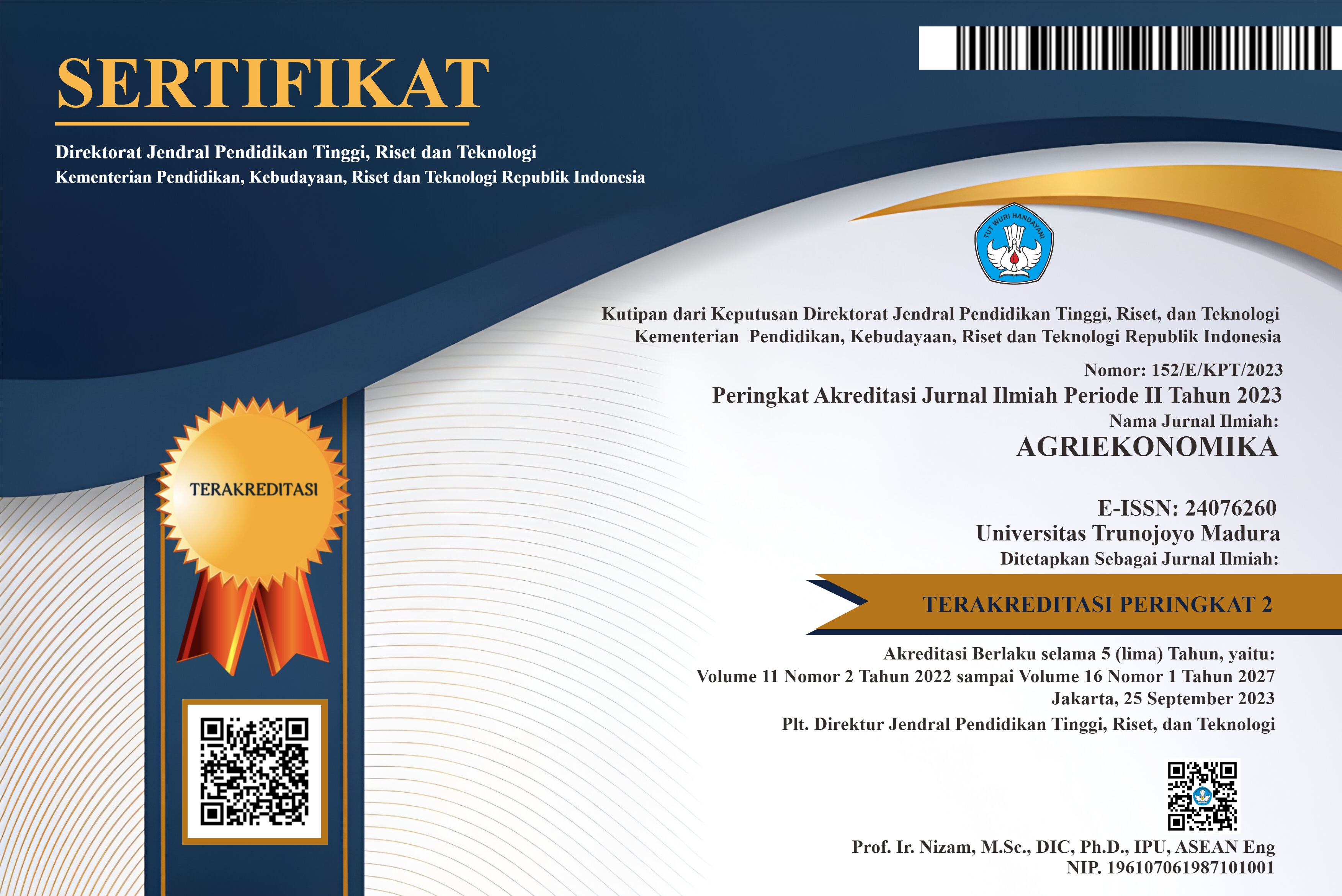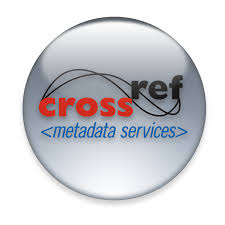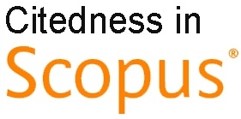PEMODELAN PERUBAHAN IKLIM DAERAH KABUPATEN TUBAN MENGGUNAKAN MAGICC/SCENGEN
Abstract
ABSTRAK
Modeling of climate change requires heavy and complicated computing; it is not surprising that early development is limited just for a few institutions. One of climate scenario device of MAGICC/SCENGEN is widely used. This study aims to determine the rate of Indonesia climate change (temperature and precipitation) with the MAGICC model simulations-SCENGEN (global circulation models CCSR / NIES Japan, and the CSIRO Australia) with the scenarios A2 and B2-AIM-AIM. Global average temperature change based on A2-AIM and B2 AIM increase linearly. Both scenarios on different focus and same region show different rate. This confirms the increase of the average temperature for the future and Tuban shows different and irregular patterns. In general, the model projected increase in precipitation is quite high in the wet months (December to February) and the transitional months between seasons (March-May and September-November) but precipitation changes is decreases in the dry months. Modeling results indicates precipitation tends to increase in wet month.
Keywords:Climate change, MAGICC/SCENGEN.
Keywords
Full Text:
PDF (Bahasa Indonesia)References
Hulme, 2009. Climate scenario development, http://www.grida.no/climate/ipcc_tar/wg1/pdf/TAR-13.PDF
Hulme, M., Wigley, T., Barrow, E., Raper, S., Centella, A., Smith, S. and Chipanshi, A.C. , 2000. Using a climatic
Ilahude & Nontji, 1999. Oseanografi Indonesia Dan Perubahan Iklim Global (El Niño Dan La Niña). Makalah lokakarya “ Kita dan perubahan Iklim Global : Kasus El Nino dan La Nina. Akademi Ilmu Pengetahuan Indonesia Jakarta. 18 -19 Mei. 1999. www.coremap.or.id/downloads/0737.pdf. 20 Maret 2010
IPCC [Intergovernmental Panel on Climate Change] , 2001. Climate change 2001: the scientific basis .
IPCC [Intergovernmental Panl on Climate Change], 2000. Emissions Scenarios. A Special Report of Working Group III of the IPPC, Cambridge University Press, Cambridge, U.K., 599pp.
IPCC, 2001, Emission Scenario: Summary for Policymakers, A Special Report of IPCC Working Group III
IPCC, 2007, Climate Ghange Impact, Adaptation and Vulnerabilty, Cambridge University Press
Leggett, J.A ang Logan, Jeffrey. 2008. Are Carbon Dioxide Emmisions Rising More Rapid Than Expected. CRS Report for Conggres. www.fas.org/sgp/crs/misc/RS22970.pdf
Morita, T. et al. (2001). "Greenhouse Gas Emission Mitigation Scenarios and Implications. In: Climate Change 2001: Mitigation. Contribution of Working Group III to the Third Assessment Report of the Intergovernmental Panel on Climate Change [B. Metz et al. Eds."]. Cambridge University Press, Cambridge, U.K., and New York, N.Y., U.S.A.http://www.ipcc.ch/publications_and_data/publications_and_data_reports.htm. Retrieved 2010-01-10.
NCAR, 2008. MAGICC-SCENGEN version 5.3, Colorado, USA.
Pope, V., Gallani, M.L. Rowntree, P.R. Stratton, R.A., 2000. The impact of new physical parameterizations in theHadley Centre climate model: HadAM3. Climate Dynamics, 16, 123-146.
scenario generator for vulnerability and adaption assessments: MAGICC and SCENGEN version 2.4 workbook. Norwich, England. Climatic Research Unit.
DOI: https://doi.org/10.21107/agriekonomika.v1i1.352
Refbacks
- There are currently no refbacks.







